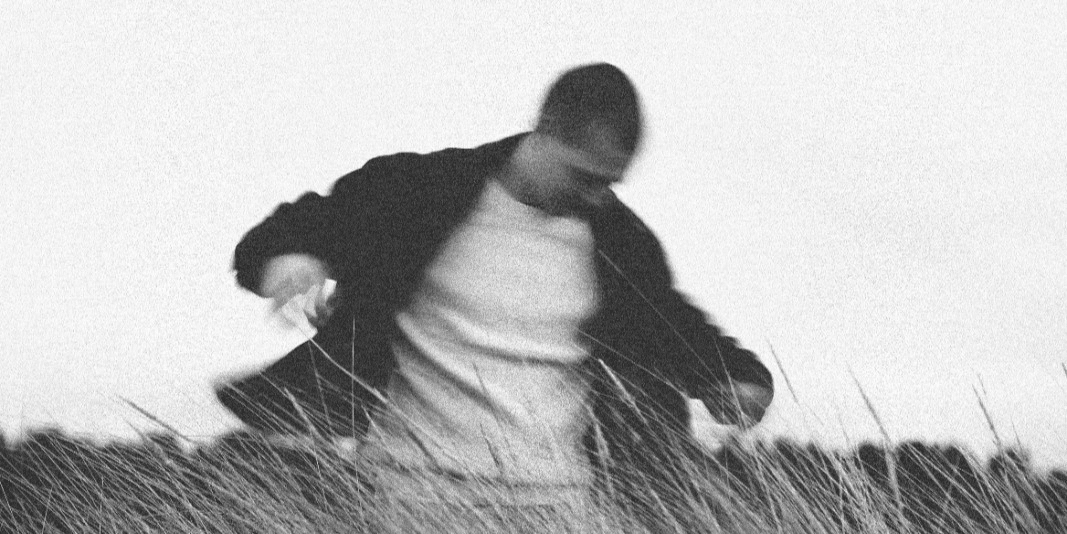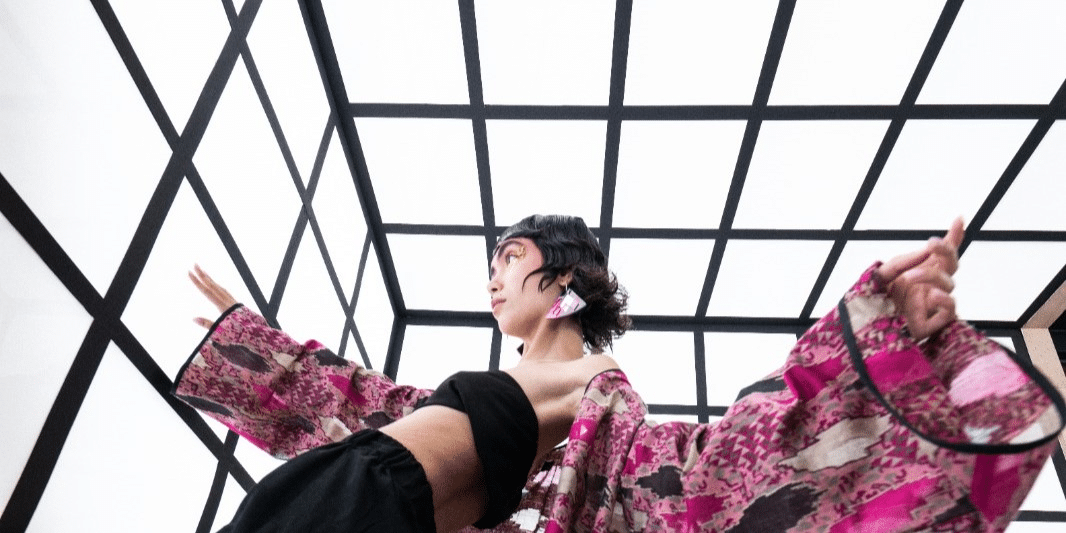The Power of Content Authenticity and Transparency: Building Genuine Connections with Your Audience
In today’s digital landscape, authenticity is the gold standard of content creation. With an overwhelming amount of content bombarding audiences daily, the ability to stand out and create meaningful connections hinges on maintaining authenticity and transparency. In this article, we’ll explore why these qualities are crucial for content creators and how they can be harnessed to forge deeper connections with your audience.
The Authenticity Advantage
In a world where everyone seems to be striving for perfection on social media and portraying an idealized version of themselves, authenticity is a breath of fresh air. Authenticity means being real, genuine, and unapologetically yourself in your content. It’s about embracing imperfections and showing the human side of your brand or persona.
Why Authenticity Matters
Builds Trust: Authentic content fosters trust. When your audience senses that you’re not hiding behind a façade, they’re more likely to trust your message and recommendations. Trust is the cornerstone of any lasting relationship, including the ones you build with your audience.
Connects on a Deeper Level: Authenticity allows you to connect with your audience on a more profound level. When you share your struggles, triumphs, and real-life experiences, your audience can relate to you. They see you as a fellow human, not just a content creator, and that connection is invaluable. This is where PERSONAL BRANDING thrives – on genuine connections.
Differentiates You from the Competition: In a sea of similar content, authenticity is your unique selling point. It sets you apart from the crowd and helps you cut through the noise.
Transparency and Honesty
Transparency goes hand in hand with authenticity. It means being open and honest with your audience, even when it’s uncomfortable. Transparency involves disclosing your motives, acknowledging your mistakes, and openly discussing the behind-the-scenes aspects of your content creation process.
How Transparency Enhances Authenticity
Honesty about Your Intentions: When you’re transparent about your goals and intentions, your audience can better understand your motivations. For instance, if you’re promoting a product, clearly state any potential biases or affiliations.
Admitting Mistakes: Everyone makes mistakes, and your audience knows that. When you acknowledge your errors and show how you’ve learned from them, you humanize yourself and demonstrate that you value honesty and self-improvement.
Sharing the Process: Transparency in your creative process, whether it’s the research, writing, or editing, helps your audience appreciate the effort that goes into your content. It also provides a valuable learning opportunity for aspiring content creators. By giving a glimpse behind the curtain, you strengthen your personal brand and connect with your audience in a deeper level.
Practical Steps for Maintaining Authenticity and Transparency
Know Your Values: Clearly define your core values and principles. When your content aligns with these values, authenticity comes naturally.
Share Personal Stories: Share anecdotes, personal stories, and experiences that shaped you. This humanizes your brand and makes your content relatable.
Engage with Your Audience: Actively participate in discussions, respond to comments, and listen to feedback. This interaction shows that you value your audience’s opinions.
Admit Mistakes Gracefully: When you make a mistake, acknowledge it, apologize if necessary, and demonstrate how you’re taking steps to rectify it.
Set Realistic Expectations: Be clear about what your audience can expect from your content. Whether it’s the frequency of your posts or the scope of your topics, setting realistic expectations builds trust.
In conclusion, authenticity and transparency are not just buzzwords in the world of content creation; they’re the keys to building genuine connections with your audience. By embracing these qualities and incorporating them into your content strategy, you can set yourself apart, gain the trust of your audience, and create lasting, meaningful relationships that extend beyond the digital realm.










